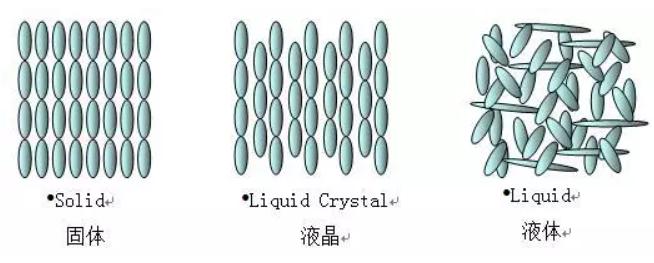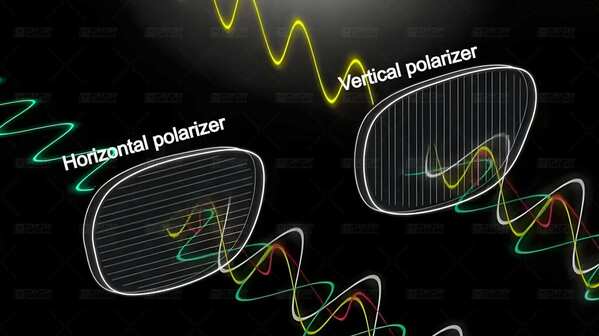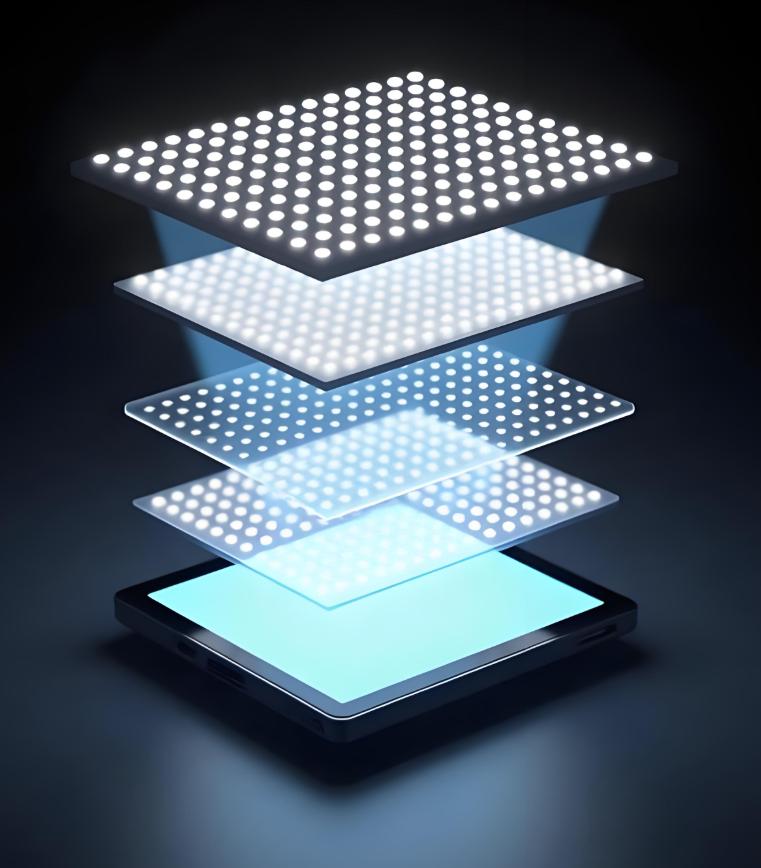
Have you ever thought about how the images on the screen are "transformed" when you watch your phone or TV every day? Actually, most screens nowadays use LCD technology, which stands for "liquid crystal display". It may sound complicated, but to put it simply, an LCD screen is like a magic box that can "dim", hiding several layers of "mechanisms" inside. Today, let's use the simplest language to talk about how it allows you to see various images.
The key role of LCD is a material called liquid crystal, which is not as "freely flowing" as water or as "fixed" as stone, but rather somewhere in between - a bit like countless small sticks, usually neatly "lined up" (professionally called "orderly arrangement").

When not powered on: These "little sticks" will tilt layer by layer like dominoes, forming a spiral shape (such as tilting 90 degrees from top to bottom).
After being powered on, the "little stick" will be "commanded" by the electricity and "stand straight" on the ground (perpendicular to the screen) in unison.
The change in this' standing line 'is important because it can control the' route 'of light, just like traffic police directing traffic.
There are two important "glass plates" in LCD screens, called polarizing plates, which are like two "gates" but only allow light from specific directions to pass through:

The first level gate: only allows "horizontal" light to pass through (professionally called "horizontally polarized light").
Second level gate: only allows "vertical" light to pass through (professionally called "vertically polarized light").
Normal situation: The direction of the two layers of doors is perpendicular, and light cannot pass through the two layers, but the liquid crystal molecules in the middle will "help" - when there is no electricity, they break the light from "horizontal" to "vertical", so the light can pass through the two layers of doors, and the screen displays white; After being powered on, the liquid crystal molecules stand straight, but the light is still "horizontal" and cannot pass through the second layer gate. The screen displays black.
For example, you can imagine using chopsticks to pass through a fence - if the first layer of the fence is horizontal and the second layer is vertical, chopsticks have to "turn" to pass through it, and liquid crystal molecules are the "turning assistant".
Monochrome images are too monotonous, and in order for LCD screens to display colors, they have to rely on the three colors of red, green, and blue (RGB).
Secretly hidden on a glass plate: Under the second polarizing film, there is a layer of glass with countless small grids painted, each with red, green, or blue pigments, called a color filter.
One pixel=three small grids: The smallest display unit on the screen is called a "pixel", and each pixel is composed of three small grids (sub pixels) of red, green, and blue. By controlling the brightness of each sub-pixel, various colors can be mixed. For example:
Red light+green light=yellow light
Red light+green light+blue light=white light
Different brightness combinations of red, green, and blue can produce over 16 million colors!
LCD screens do not emit light on their own, relying entirely on the "lighting master" behind them - the backlight module.

The most commonly used lighting: LED lights: There is a row of LED lights behind the screen (like light strips), and the white light they emit will first pass through a layer of "light guide plate", "scattering" the concentrated light into a uniform surface light.
The key to dimming: LCD layer: After the light passes through the light guide plate, it first passes through the LCD layer and polarizer. At this time, the LCD molecules "stand in line" to determine which parts are bright and which parts are dark, and finally "dye" through the color filter to become the image you see.
Analogy: It's like shining a flashlight on colored film - the flashlight is the backlight, the film is the color filter, and the LCD layer is like a "baffle" that can control where the film passes through.
(1) Resolution: The more pixels, the clearer the image
Resolution is the number of pixels on the screen, for example, "1080P" is 1920 × 1080 pixels, and "4K" is 3840 × 2160 pixels. The more pixels there are, the finer the picture becomes, just like using more small squares to assemble patterns, with richer details.
(2) Refresh rate: the key to smoothness of the screen
The refresh rate is the number of times a screen refreshes images per second, measured in Hz. For example, a 60Hz screen refreshes 60 images per second, while a 90Hz screen refreshes 90 images per second. The higher the refresh rate, the smoother the screen when watching action movies or playing games, without any "lag" or "ghosting".
advantage:
Cheap and durable: Compared to OLED screens, LCD screens have lower production costs, are less prone to screen burn-in (permanent image residue), and are suitable for devices that are turned on for a long time (such as monitoring screens).
High brightness: The backlight module can be made very bright, allowing for clearer visibility in strong light (such as outdoors).
Disadvantages:
Cannot completely turn black: Because liquid crystal molecules cannot completely block light, the black color is not pure enough and the contrast is not as good as OLED.
Slow response: LCD molecules need time to "stand in line", and there may be slight ghosting when playing high-speed games (although new technologies have improved a lot now).
Q: Why are mobile phone screens getting thinner and thinner?
A: Because thinner glass (such as 0.1mm flexible glass) is now used, and the backlight module has changed from "straight down" to "side in" - LED lights are placed at the edge of the screen and "guided" to the middle through a light guide plate, reducing the thickness by more than 50%.
Q: What are IPS screen and TN screen?
A: This is a different arrangement of liquid crystals. IPS screen has a wider viewing angle (no color change when viewed from the side), suitable for watching movies; TN screen responds faster and is suitable for playing games, but the color and viewing angle are slightly inferior.
Now you look at the phone screen again, doesn't it feel like you've seen through a little magic trick? Although LCD technology is not the latest, it remains the most common "visual window" in our lives due to its mature craftsmanship and cost-effectiveness.
Name: lily
Mobile:185 7332 9919
Tel:185 7332 9919
Whatsapp:8618573329919
Email:sales@huayuan-lcd.com
Add:Factory No.9, Zhongnan High-tech Intelligent Manufacturing Industrial Park, Tianyuan District, Zhuzhou,Hunan, China, 412000